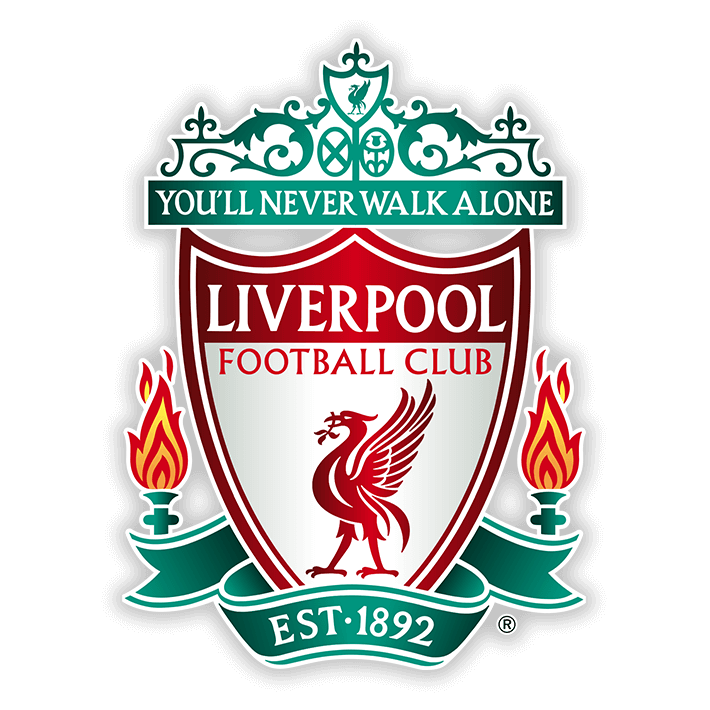Are you a die-hard Premier League fan? Or maybe you’re just getting into the sport and want to know more about the teams involved.
Either way, this map of Premier League teams for the 2022/23 season is for you!
It includes all 20 Premier League teams and their corresponding locations. So whether you’re cheering on your favourite team from home or abroad, now you can do so with ease.
Enjoy!
Arsenal
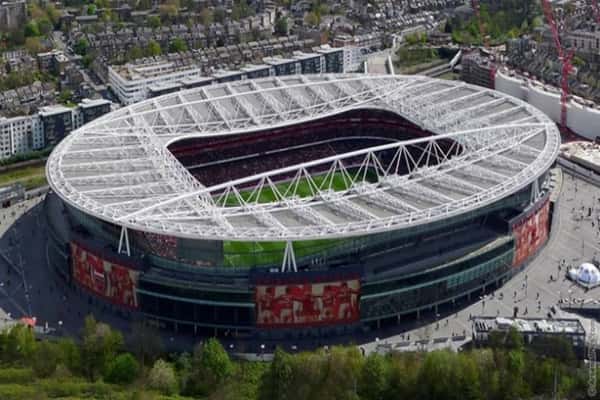
Name: Emirates Stadium
Location: Hornsey Rd, London N7 7AJ (North London)
Capacity: 60,260
The first team on our map of Premier League teams is Arsenal. The Emirates stadium is located in North London and is the home of one of the most successful clubs in Premier League history. At first, Arsenal played their home games in Highbury. However, in 2006 they upgraded the stadium to a capacity of over 60.000, which is now known as the Emirates Stadium.
Unfortunately, this year they didn’t achieve their goal of qualifying for the Champions League, but they have some of the best young talents, such as Bukayo Saka, Emile Smith Rowe, and Gabriel Martinelli, so it won’t be long until they get Arsenal back to winning ways.
Aston Villa

Name: Villa Park
Location: Trinity Road B6 6HE (Birmingham)
Capacity: 42,785
Villa Park is located in Birmingham and is the home ground of Aston Villa. The stadium is one of the most iconic stadiums in the UK and currently holds a capacity of almost 43.000.
However, Aston Villa has revealed plans for a huge 50,000-capacity to Villa Park, which will include the construction of a new North Stand.
Bournemouth
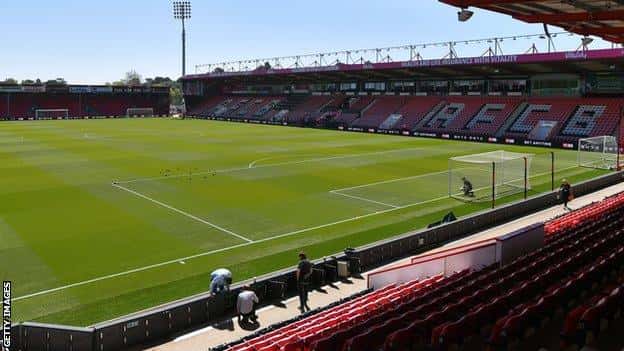
Name: Vitality Stadium
Location: Kings Park BH7 7AF (Bournemouth)
Capacity: 11.379
The Vitality Stadium is located in Bournemouth and is the home stadium of the newly-promoted Bournemouth. The stadium was formerly known as Dean Court, but it changed its name to Vitality Stadium because of sponsorship reasons.
The Vitality Stadium is the smallest stadium on our map of EPL teams.
Brentford
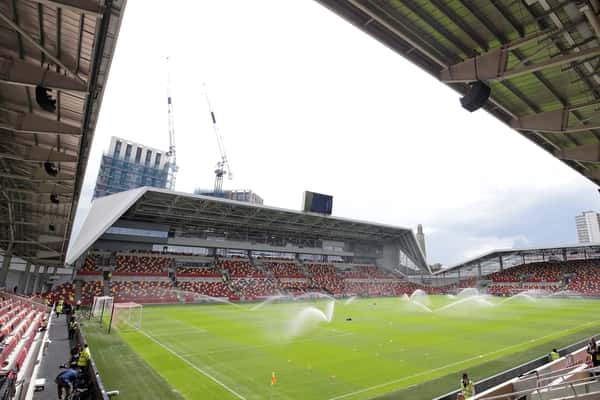
Name: Brentford Community Stadium
Location: 166 Lionel Road North (Brentford – West London)
Capacity: 17,250
At a capacity of just over 17.000, the Brentford Community Stadium was the stadium where many big teams could not secure points last season.
However, the team from last season showed why they deserve a place in the Premier League, and with the likes of Ivan Toney and Mbuemo, they will be secure this year as well.
If you want to take a peek inside the stadium, you can visit Brentford’s official website.
Brighton & Hove Albion

Name: Amex Stadium
Location: Village Way BN1 9BL (Brighton)
Capacity: 31,800
The Amex Stadium was the place where some of the best Premier League football was played last season. The famous Seagulls made their debut at the Amex Stadium back in 2011, and six years after that, this state-of-the-art arena made its debut in the Premier League.
Although it cost Brighton around 93£ million to make the Amex Stadium, it certainly is an excellent investment for the future.
Chelsea

Name: Stamford Bridge
Location: Fulham Road (Chelsea, West London)
Capacity: 41,837
Chelsea is not just one of the biggest clubs in the UK; it is also a big club across Europe and the world. The Stamford Bridge was first opened in 1877, and it is one of the oldest stadiums on our Premier League stadiums map. During the Roman Abramovich era, they wanted to extend the stadium capacity to 60.000 seats.
However, the Russian businessman could not fulfill that promise to the Chelsea fans. Hopefully, now with the new owners, Stamford Bridge can finally expand.
Related: Chelsea’s all-time top scorers
Crystal Palace

Name: Selhurst Park
Location: Holmesdale Rd SE25 6PU (London)
Capacity: 25,456
Since 1924, Selhurst Park has been Crystal Palace’s home ground and is noted for one of the league’s best atmospheres. The stadium was built in 1924, and it cost Palace around 1.2£ million.
Although this stadium only witnessed one European football game, now, with Patrick Vieira as a coach, we can all agree that they are on the right track to getting back those European nights.
Everton
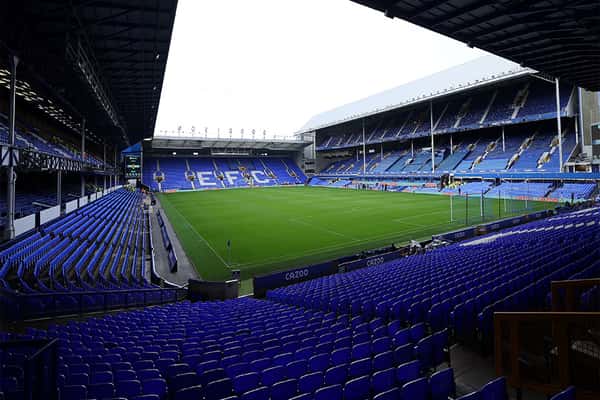
Name: Goodison Park
Location: Walton (Liverpool)
Capacity: 39,572
Built back in 1892, Goodison Park is one of the oldest stadiums in the UK. Goodison Park and Everton fans have provided a fantastic atmosphere throughout a whole century.
However, Everton fans can surely be disappointed in how their team performed in the last couple of years, as they barely escaped relegation last year.
Fulham
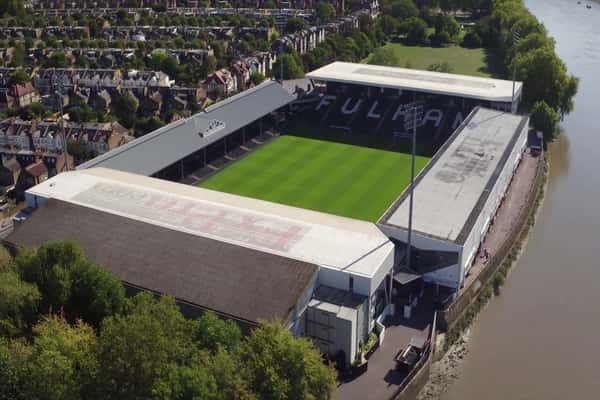
Name: Craven Cottage
Location: Stevenage Rd SW6 6HH (London)
Capacity: 25,700
Since 1986, Craven Cottage has been the home pitch to another club on our map of EPL London teams, Fulham. Craven Cottage is probably one of the “cutest” stadiums in the UK, and this year Fulham fans will again enjoy the Premier League magic.
Fulham was supposed to expand its stadium capacity to 29.600 this year, but there have been some delays, and now the expansion will be completed by 2023/24.
Leeds United
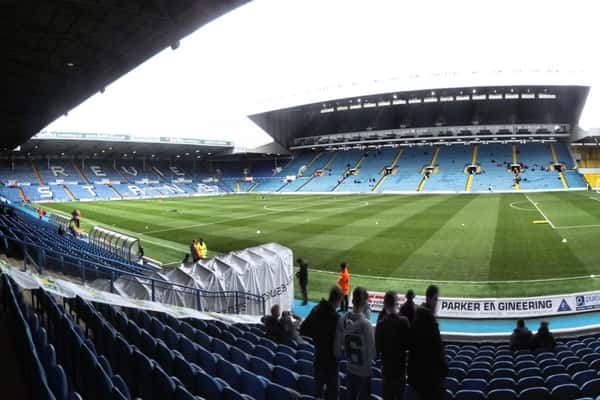
Name: Elland Road Stadium
Location: Elland Rd LS11 0ES (Leeds)
Capacity: 39,000
With a capacity of 37,890, it is England’s 12th largest football stadium and the fourth biggest outside of the Premier League. Ellan Road Stadium was built in 1897 and has expanded nine times since then.
However, plans had already been agreed for the club to increase the capacity from 39,000 seats to 50,000.
Related: Greatest Leeds United Players
Leicester City
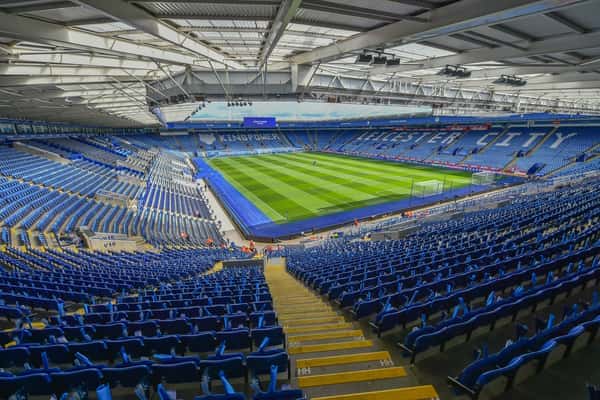
Name: King Power Stadium
Location: Filbert Way LE2 7FL (Leicester)
Capacity: 32,312
The King Power Stadium has been the home of Leicester City since 2002. This stadium had seen some fantastic days, like when Andrea Bocelli was singing at the stadium when Leicester won probably one of the most amazing fairytale titles in Premier League history.
The King Power ground is currently at just over 32.000 capacity, but the club is looking for a 50.000 stadium expansion in the future.
Liverpool
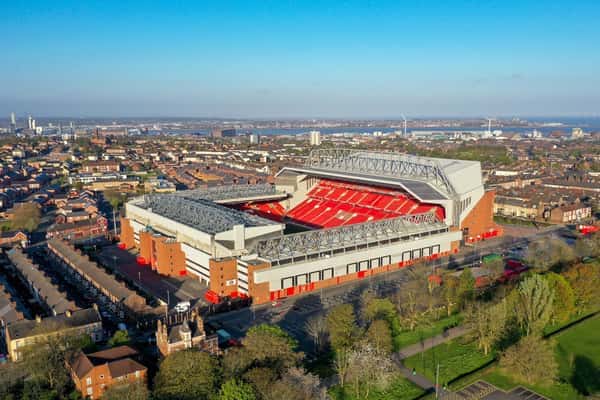
Name: Anfield
Location: Anfield Road (Liverpool)
Capacity: 53,394
Anfield is probably the place where most people would say that it has the greatest atmosphere in the Premier League, and they are not wrong. The famous “You will never walk alone”, sung by over 53.000 people every week, will certainly send chills through every human being.
Liverpool has been playing on Enfield since 1884, and the stadium has certainly seen some memorable nights and winning against the GOAT Messi and Barcelona in 2019 with a “corner taken quickly” is undoubtedly one of those nights.
Manchester City
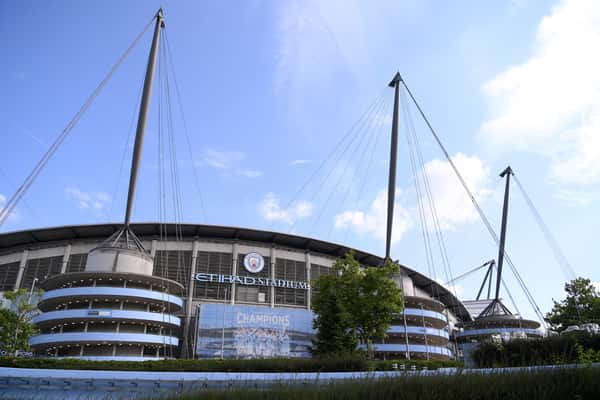
Name: Etihad Stadium
Location: Ashton New Rd M11 3FF (Manchester)
Capacity: 55,097
The Etihad Stadium is the second-largest stadium in Manchester and is one of the newest stadiums in the Premier League as it was built in 2002. Before their move to the Etihad, Manchester City used to play their home games on Maine Road.
City fans are probably the luckiest fans right now as their team competes for all domestic and European titles every year since one of the best soccer managers, Pep Guardiola, took charge.
Manchester United

Name: Old Trafford
Location: Sir Matt Busby Way M16 0RA (WayManchester)
Capacity: 74,140
Old Trafford is the largest stadium on our map of Premier League teams and holds over 74.000 seats. The famous “Theatre of Dreams” was built in 1910 and for over a century has been one of the most loved stadiums by fans across the world.
Although the Red Devils have not been performing to their well-known standards in the post-Sir Alex Ferguson era, Manchester United is still one of the football teams with the most fans.
Newcastle United
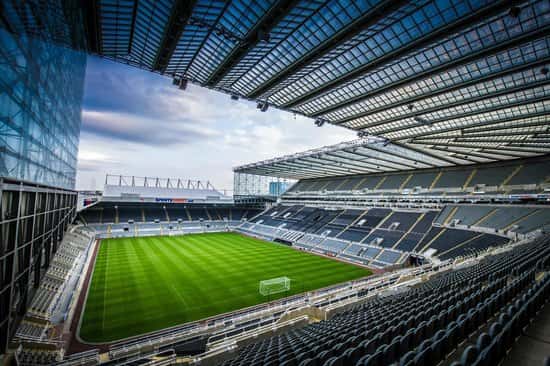
Name: St James’ Park
Location: Tyne & Wear, NE1 5DL (Newcastle)
Capacity: 52,405
Newcastle United’s stadium St James’ Park, is one of the most impressive stadiums in the UK. The club has been playing here since 1880, and now it has a capacity of just over 52.000.
Over the last couple of years, the club has been fighting to stay up and avoid relegation, but now with one of the wealthiest men on the planet taking over them, it won’t be long until they return to winning trophies.
Nottingham Forest
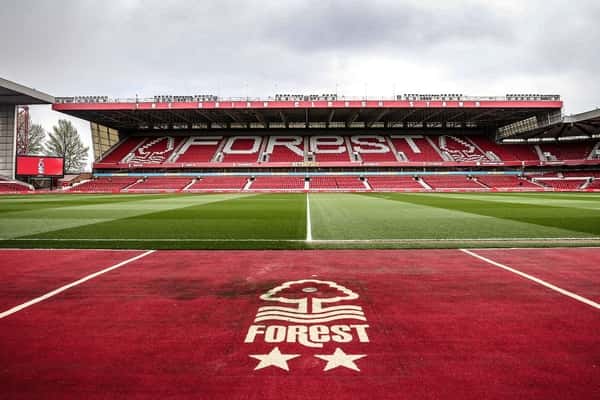
Name: The City Ground
Location: West Bridgford NG2 5FJ (Nottingham)
Capacity: 30,445
Nottingham Forest is the oldest club in the UK, and Forest fans can finally experience the football of the Premier League. The City Ground is also one of the oldest stadiums as it was built in 1898 and, for the past 23 years, has been waiting for some Premier League football.
However, avoiding relegation will be tough as they are one of the clubs with the lowest Premier League wage bills.
Southampton
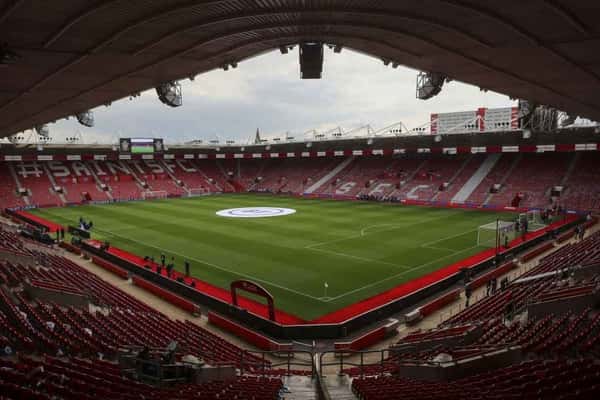
Name: Saint Mary’s Stadium
Location: Britannia Rd SO14 5FP (Southampton)
Capacity: 32,384
The next stadium on our English Premier league map is the Saint Mary’s stadium. At first, The Saints played their home games at the stadium known as The Dell, but in 2001 they relocated to this historic ground.
The Saint Mary’s Stadium cost Southampton around 32£ million, but that investment turned up pretty nice for the Saints as since then, they have been a stable Premier League side.
Tottenham Hotspur

Name: Tottenham Hotspur Stadium
Location: Euston Road NW1 2SA (London, North London)
Capacity: 62,850
The Tottenham Hotspur Stadium is one of the newest stadiums on the Premier League map, and it is also the second-largest stadium in the Premier League. The stadium opened in 2019, and before that, the Spurs played their home games on another historic ground called the White Hart Lane. The new stadium cost Tottenham around 1£ billion.
Tottenham secured Champions League football next season, and if they manage to keep some of the best Premier League players such as Harry Kane and Heung Son Min, the Tottenham Hotspur Stadium is in for some wild European nights.
West Ham United

Name: London Stadium
Location: London E20 2ST (London)
Capacity: 60,000
The London Stadium was firstly made to host the London Olympic Games, and after that, it was fought for occupancy between West Ham and Tottenham. The stadium capacity is 80.000 seats; however, it is limited to 60.000 for Premier League games.
Nevertheless, the London Stadium is one of the most visited stadiums in the UK, and it is all because of the success West Ham had in the last couple of years. The latest success was reaching the Europa League semi-final and securing European football next season.
Wolves

Name: Molineux Stadium
Location: Waterloo Rd WV1 4QR (Wolverhampton)
Capacity: 31,700
Located in West Midlands, the Molineux stadium is another historical football ground as it was built in 1898. At almost 32.000 seat capacity, the Molineux ground has had some fantastic atmosphere over recent years and is based in Wolverhampton, one of the most interesting Premier League team locations.
After spending many years in the Championship, Wolves got promoted in 2018, and since then, they’ve been a stable Premier League side.
Conclusion
The Premier League is one of the most popular and most profitable leagues globally. However, it can be challenging to keep track of them all with teams from all over the UK.
Hopefully, this map of Premier League teams will help you follow your favourite team no matter where they are playing.













